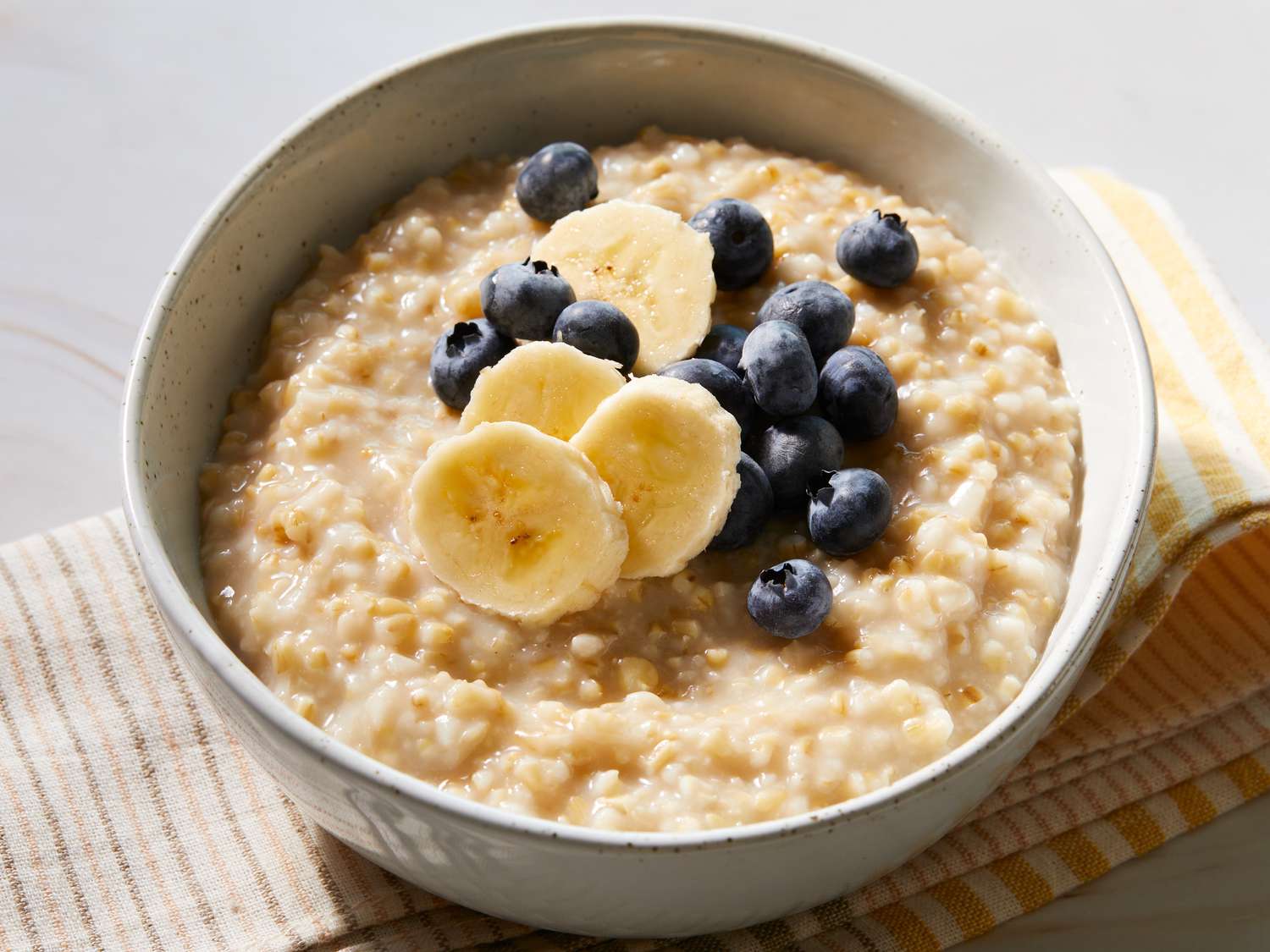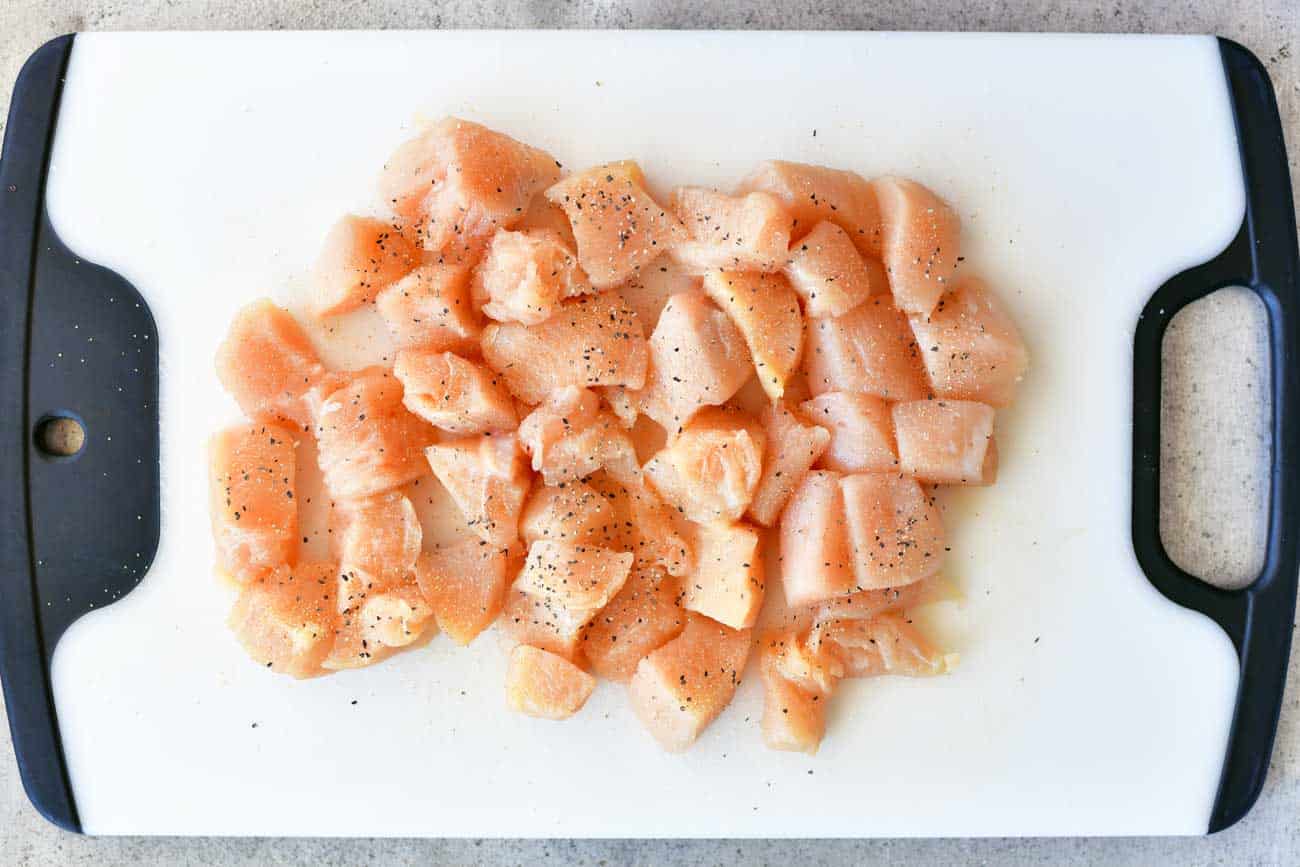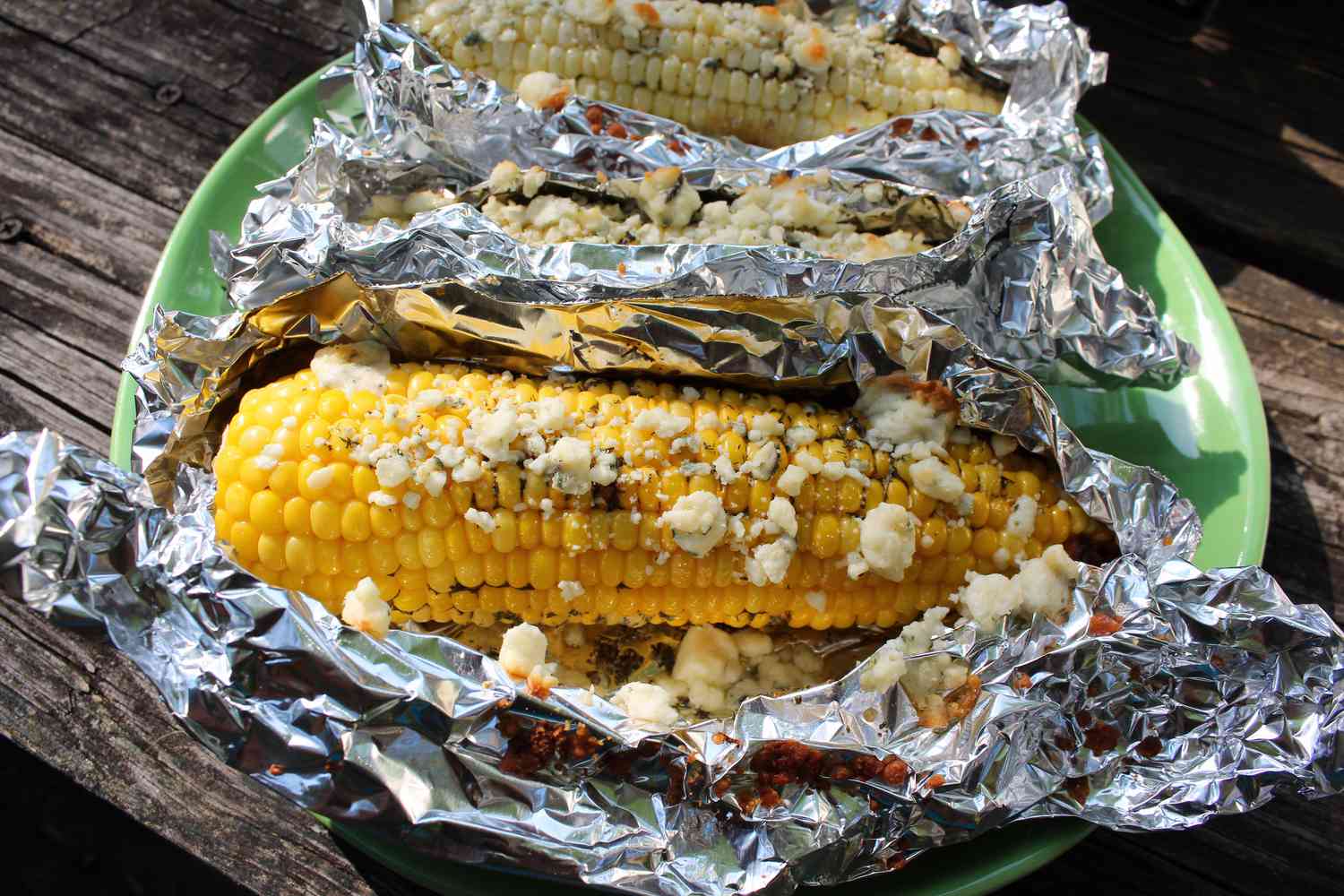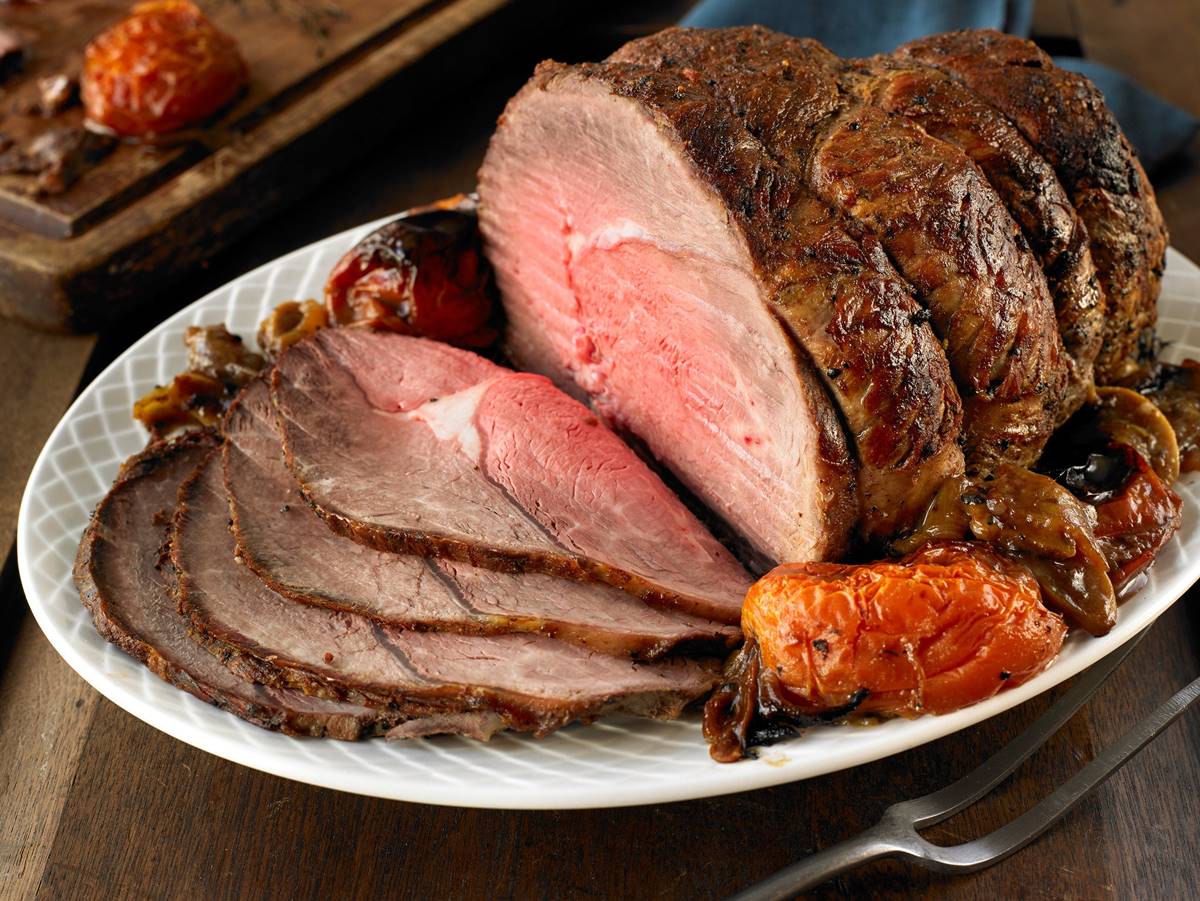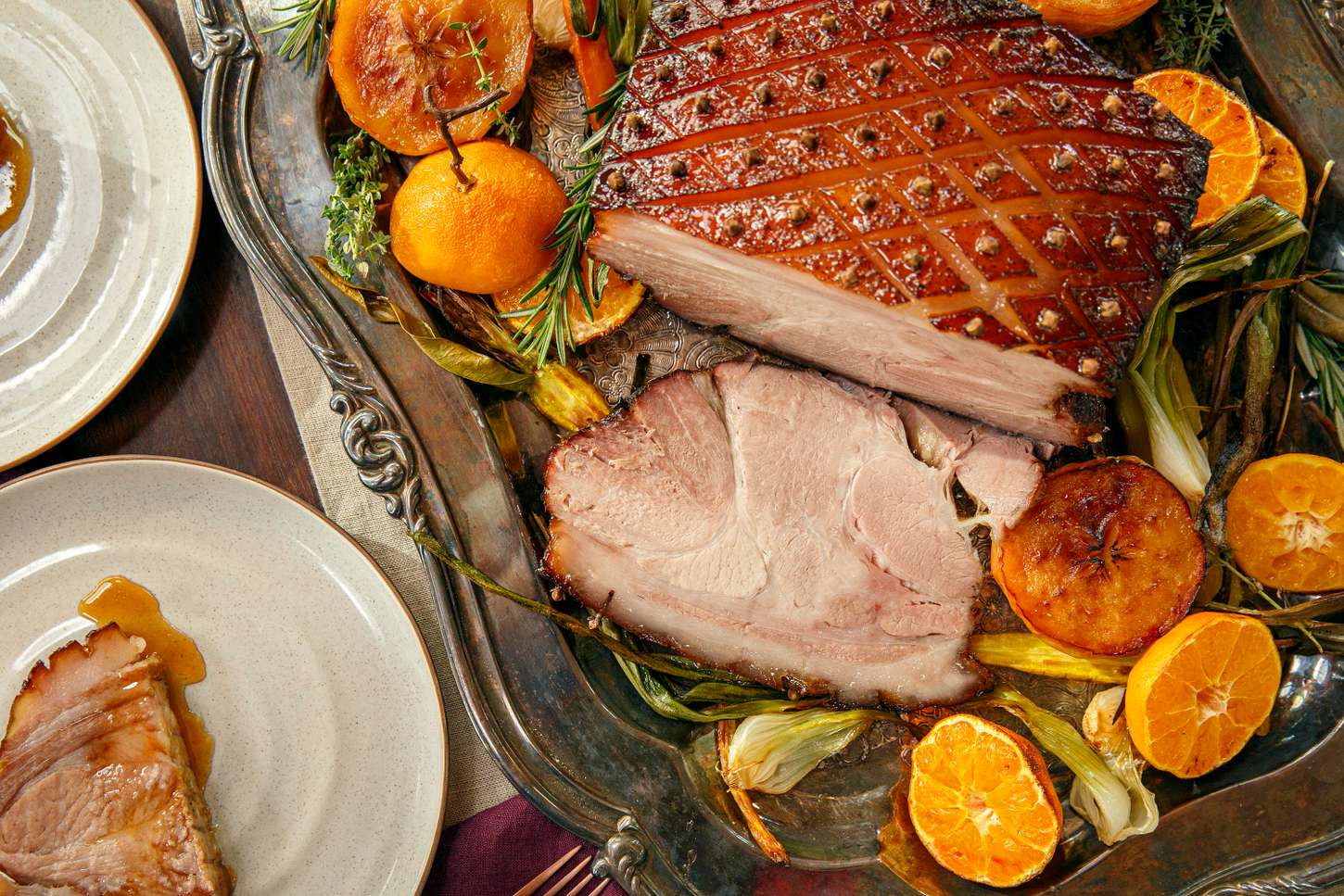Cooking Kale in the Microwave: A Quick and Easy Guide
When it comes to preparing nutritious and delicious meals, kale is a versatile leafy green that shines in both salads and cooked dishes. While many people prefer to cook kale on the stovetop or in the oven, using the microwave can be a convenient and time-saving method. In this guide, we will show you how to cook kale in the microwave, allowing you to enjoy a healthy and flavorful meal in just a few minutes.
Why Microwave Cooking?
The microwave is often underestimated when it comes to cooking vegetables. However, it can be a great tool for busy individuals who are looking for a quick way to prepare meals. Microwaving kale helps retain its vibrant color, texture, and nutritional value, while also saving you valuable time in the kitchen.
Here’s how to cook kale in the microwave:
- Prep the Kale: Start by washing the kale leaves thoroughly under cold water to remove any dirt or debris. Pat them dry using a clean kitchen towel or paper towels. Remove the tough stems and tear the leaves into bite-sized pieces.
- Choose the Right Dish: Select a microwave-safe dish that is large enough to hold the kale without overcrowding. A glass or ceramic bowl works well for microwaving kale.
- Add Moisture: To help the kale cook evenly and prevent it from drying out, add a small amount of water to the dish. Around 1-2 tablespoons should be enough.
- Season to Taste: Sprinkle some salt and pepper over the kale for flavor. You can also get creative by adding garlic powder, lemon juice, or your favorite herbs and spices.
- Microwave on High: Cover the dish loosely with microwave-safe plastic wrap or a microwave-safe lid. Cook the kale on high power for 2-4 minutes, depending on the desired tenderness. Pause and stir halfway through the cooking process to ensure even cooking.
- Let it Rest: After microwaving, carefully remove the dish from the microwave using oven mitts or a kitchen towel, as it will be hot. Allow the kale to rest for a minute or two before serving.
- Enjoy: Serve the cooked kale as a side dish, in a salad, or incorporate it into your favorite recipes. The possibilities are endless!
Remember, microwaves vary in power, so you may need to adjust the cooking time accordingly. It’s always a good idea to check the kale’s tenderness throughout the cooking process to achieve the desired texture.
Benefits of Microwaving Kale
While microwave cooking has its critics, it offers several advantages when it comes to cooking kale:
- Time-Saving: Cooking kale in the microwave is much quicker than traditional stovetop or oven methods, making it ideal for busy individuals.
- Nutrient Retention: Microwaving helps to preserve the nutritional content of kale, ensuring you receive the maximum health benefits.
- Easy Clean-Up: Using a microwave-safe dish means less mess to clean up afterward.
- Versatility: Microwaved kale can be enjoyed on its own as a simple side dish or used as an ingredient in various recipes.
So, the next time you’re in a pinch for time but still want to enjoy the goodness of kale, give microwave cooking a try. Follow our simple steps, and you’ll have perfectly cooked kale in no time. Enjoy the convenience and flavor of microwave-cooked kale while reaping all the health benefits it has to offer!
More Delicious Kale Recipes to Try
After mastering the basics of cooking kale in the microwave, why not put your skills to the test with an array of delicious, easy-to-prepare recipes? From breakfast to dinner, the versatility of kale shines through in dishes like Microwave Kale and Egg Breakfast Bowl, perfect for a quick, nutritious start to your day. For a light and refreshing meal, the Microwave Kale and Apple Salad with Walnuts is a must-try, blending crunchy textures and sweet flavors. Don't miss out on the Microwaved Kale Chips for a healthy, crispy snack that's both satisfying and simple to make. These recipes not only enhance your daily menu but also ensure you're utilizing microwave cooking to its fullest potential.
Was this page helpful?
Read Next: How To Cook A Frozen Pretzel
